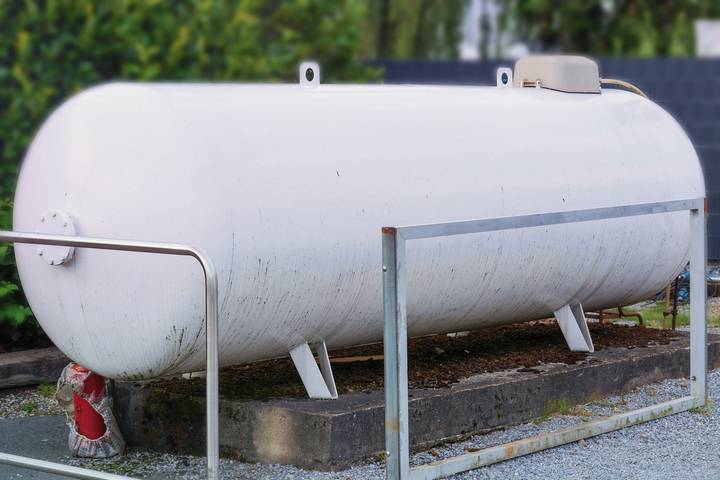Propane is among the most commonly used fuels in industrial, commercial, and residential setups. This gas is famously versatile and can be used for numerous tasks. However, it requires careful management. Inappropriate handling of propane tanks may lead to significantly hazardous effects, such as explosions and fires.
Using propane gas for the wrong purpose is unsafe and could lead to accidents. By adhering to professional guidelines, you can significantly reduce mishandling risks. Please contact a professional for further examination whenever you notice anything amiss with your propane tank.
Let’s discuss several propane tank safety tips to ensure proper usage and prevent accidents.
Uses of Propane Gas
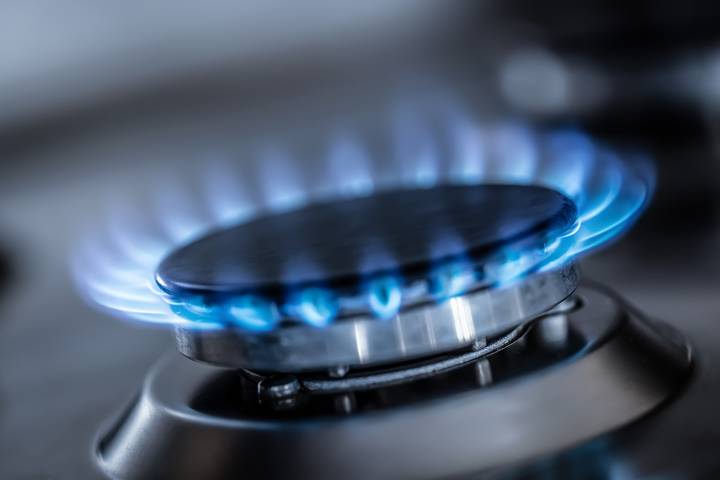
Before learning safety tips, it would be wise to understand propane gas’s most common uses. To begin with, propane gas is used for cooking and heating homes through space or water heaters. It’s also used to power vehicles as an alternative to fuel.
Propane gas is used in generators when electricity outages occur. Industrial propane gas uses include welding, metal cutting, glass making, and drying. You can also use gas as the leading fuel in hot air balloons as it offers an easily controllable heat source.
Propane Tank Safety Tips
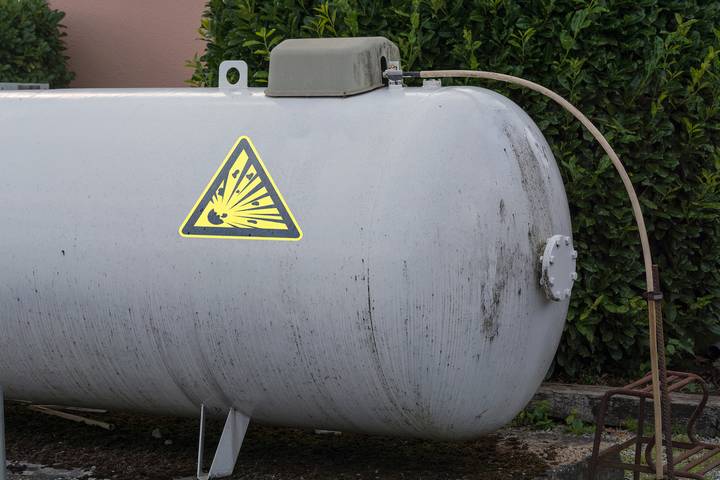
Propane tank safety tips include different subjects, such as storage, maintenance, transportation, emergency preparedness, and placement.
Storage Tips
Propane tank safety starts with storage. You should incorporate suitable temperatures and other storage measures. For instance, propane tanks should be stored away from the reach of children. Likewise, keep them away from pets who may mess with them.
The recommended room temperature for storing propane tanks shouldn’t be too low or high since excess temperatures would easily lead to over-pressurization. Propane tanks should also be stored in a clean and well-designed room free of objects that damage them.
Tank Sizes
Propane tank sizes are vital for safety concerns too. The dimensions dictate the volume the tank can accommodate, which influences safety in several aspects. Large propane tanks are typically sturdier and can endure environmental conditions formidably. In contrast, smaller tanks may be more susceptible to damage if not handled cautiously.
Additionally, the tank’s size also affects the quantity of propane stored at a specific moment. Big tanks offer convenience by minimizing regular re-fills. Yet, there is also more propane at stake in the event of an accident or leakage. Smaller tanks contain less propane, making them more manageable to control. The differences in quantity can lower the possibility of mishaps during transportation and storage.
Transportation Tips
Transport is another significant aspect of propane tank safety. Propane tanks are transported from one location to another for distribution to customers daily. Therefore, concerned parties should be mindful when ensuring propane tank transportation safety.
First, propane tank transporters must ensure no smoking happens in transit, which could easily attract fire. Additionally, propane tanks should be well-fastened and positioned upright during transportation to avoid leaks or damage. When transported in sealed vehicles, transporters or companies must ensure enough ventilation to prevent gas accumulation that could lead to ignition.
Maintenance Tips
Like any other gas tank, propane tanks should be regularly maintained for the safety and prevention of related misfortunes. Some maintenance tips for these tanks include regular inspections to locate leaks and damages.
Dents, rust, and other abnormalities should require more professional investigation and maintenance. Furthermore, it’s advisable to perform a leak test on your propane tanks using the method advised by the manufacturer.
Emergency Preparedness
Propane gas tanks require high emergency preparedness to mitigate risks. Some ideal propane tank preparedness tips for emergencies include installing relevant detectors in the operation area. These detectors offer early alerts concerning gas leaks, boosting safety.
Moreover, every propane gas user should understand emergency procedures for increased safety in case of gas leaks. In the case of commercial usage, these steps should also be communicated to the concerned parties, such as family members and people in your business. This should be done alongside a well-designed emergency plan.
Propane Gas Placement
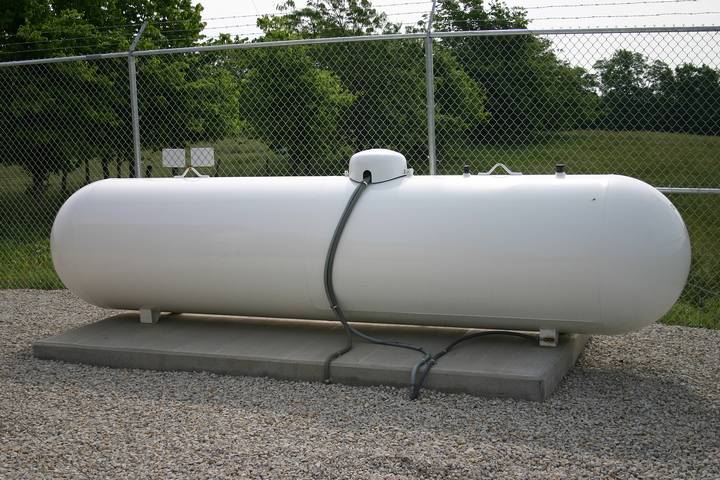
How you place a propane gas tank has a significant influence on its overall safety. For instance, propane tanks should be positioned on a flat surface free of large particles or objects to deter them from tipping over or being unstable. You can use a tank stand to keep it safer.
Other propane tank placement guidelines include locating it away from flammable materials and fire-causing objects such as sparks and flames. Providing adequate ventilation remains a crucial placement tip to prevent propane gas fume accumulation that could lead to an explosion.
Other Propane Tank Safety Tips
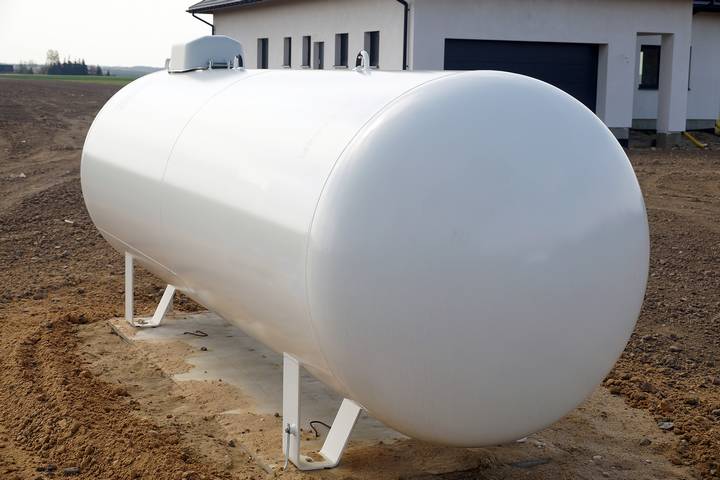
In addition to the above propane tank safety tips, there are other guidelines to remember. Firstly, handlers of propane tanks should ensure they have the appropriate protective gear on, such as goggles and gloves. This equipment will protect them against accidental gas leaks.
Handlers of propane tanks should ensure that the regulators, pipes, and valves are in stable condition (not broken or defective) before connecting to prevent related accidents. They should also be firmly tightened and secured.
While rolling propane tanks, especially when empty, may seem effortless, the move is highly discouraged because it could lead to leaks. Likewise, it would help if you didn’t attempt to re-fill a propane tank by yourself. Instead, contact the manufacturer or other professionals for the job.

